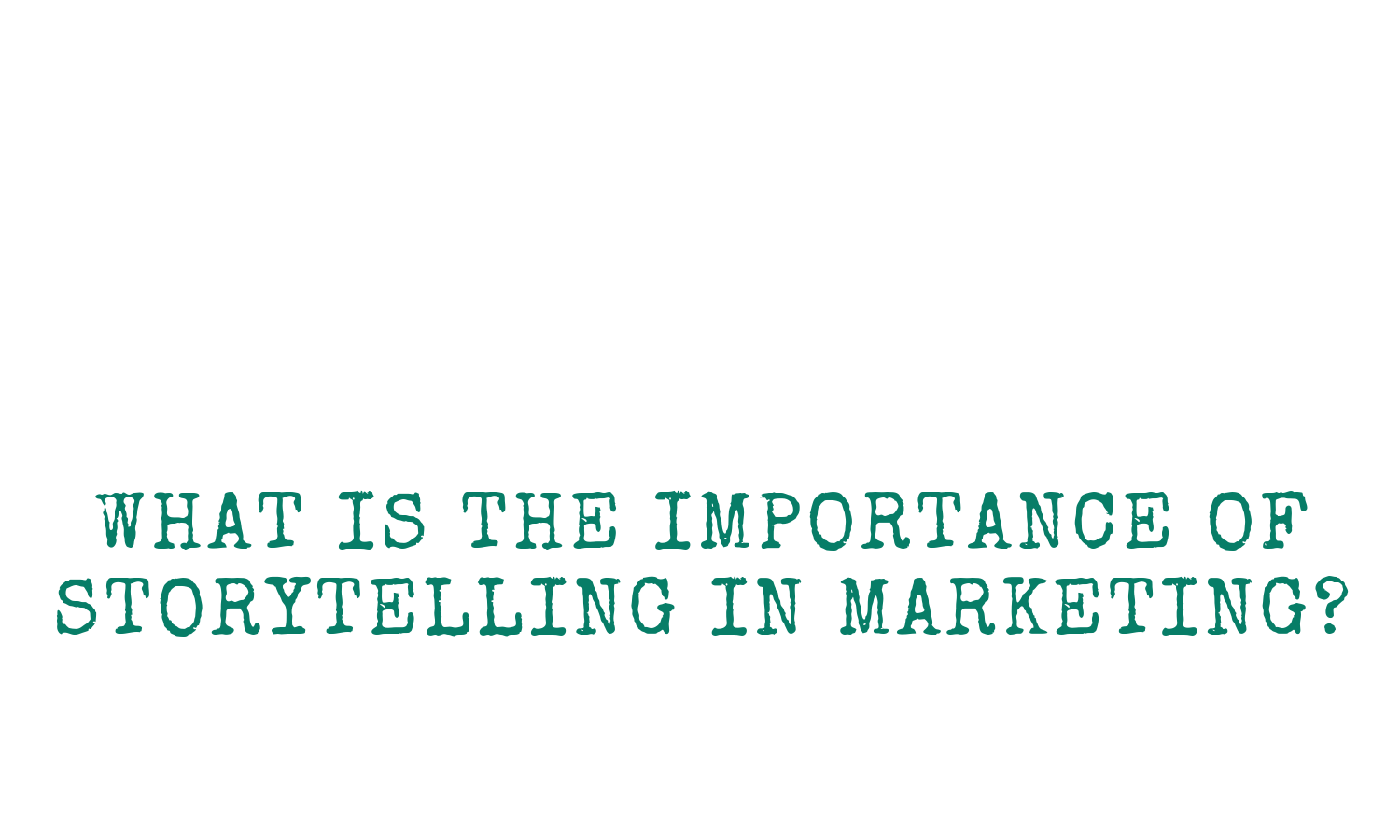How to Tell a Story
From a meaningful event to creating a new recipe, stories are embedded within everything we do. When it comes to writing, the challenge isn’t creating the story; it’s telling the narrative in a way that’s engaging, enjoyable, and purposeful. How do we tell a story that will capture and hearts and minds of our readers while staying true to our mission?
Where Should I Start?
When I start any piece of writing, I think back to Alice in Wonderland. This may sound silly, but the King gives the White Rabbit some great advice. He tells the rabbit to “Begin at the beginning…and go on till [he] come[s] to the end; then stop” (Carroll 107). If you think about it, this really is the best way to tell a story, or at least the best way to outline one. Before you can tell your story in a clear and meaningful way, you have to find all the important aspects of your narrative first. This doesn’t mean you should write all of your work in chronological order and or without creativity, but you have to know where all your puzzle pieces are in space and time before you begin to play around with structure and form.
A great starting point is writing it out. You can either use stream of conscious writing and just get everything out your head, or you can write down main events or plot points, knowing you will fill in the rest of the details at a later time. Once you have all the pieces out of your head, then you can start putting the puzzle together. Maybe you don’t need certain details or maybe you want to highlight a specific event. Don’t be afraid to take your story on a test drive. See what it feels like when you take a direct route versus the scenic and vice versa. Over time, you’ll see what works best for your heart, your audience, and or your clients.
What Should I Say?
In a digital world, it’s important to remember that whatever we put out into the collective is out there--for better or for worse--and in cancel/call-out culture, it’s important to be thoughtful about what you say and how you say it. That doesn’t mean you have to censor yourself or lean towards perfection when creating a storyline, but it does mean taking time with your narrative, editing it, revising it, and letting it “simmer” in the pot before publication.
If the story is about you, how much do you want people to know? If the story contains other people, do you have permission to share their information? If the characters are fictional, what type of representation are you presenting? Are you unconsciously focused on stereotypes, or are you trying to break the mold?
These questions are important when it comes to sharing your narrative. Your story, fictional or not, is a representation of you, your life, and the society around you. Writing doesn’t occur in a bubble. Are your biases showing, or are you aiming to tell a specific thematic lesson to your audience? No matter the answers, researching and talking it out with friends, family, or even a publisher/editor/consultant is a good starting point, especially if your work will reach a large audience.
How Should I Share It?
Another thing to consider when it comes to telling a story is how you wish to share that narrative with the world. There are so many options in the digital age, such as blog posts, magazine articles, essays, and books, but there are also many more avenues such as a podcast series, YouTube videos, and heck, even TikTok and Instagram lives.
Don’t limit yourself to the classic mediums. Maybe you choose to write your book in a traditional format, but you have corresponding videos on your website. Maybe you want to create a podcast series on a podcast app along with accessible videos and written transcripts. You could even offer interactive character connections imbedded on social media or post daily quotes and pictures on your Instagram as an extension of your story. The possibilities are endless. Don’t stop at the written word!
From our everyday actions to our internal thoughts, we are constantly creating stories that reveal our own journey in connection to others and the world around us. When it comes to putting those narratives on paper or in some type of media formatting, telling our stories can become a cathartic and fulfilling experience. If you’re still stumped on how to begin this process, just remember what the Cheshire Cat told Alice:
“’Would you tell me, please, which way I ought to go from here?’
‘That depends a good deal on where you want to get to,’ said the Cat.”
Think about where you want to “get to” and let the journey begin.
Not everyone has the time or skill to craft the perfect story, and that’s okay. The Storyteller Agency can help! Reach out and let us help you write, organize, and publish the perfect narrative.
Works Cited: Carroll, Lewis. “Alice in Wonderland.” The Best of Lewis Carroll. Castle Books, p. 55-107.






